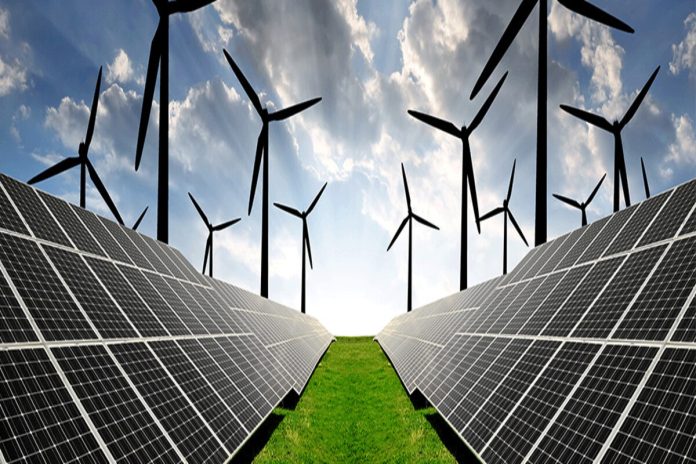The Karnataka government is exploring the expansion of the green energy corridor dedicated to hydrogen energy.
This initiative aims to boost the utilisation of renewable energy sources and reduce reliance on traditional fuel sources.
Energy Minister K J George, along with the energy department, has presented the proposal to the Ministry of Power. They highlighted the state’s increased solarisation efforts through various schemes and the recent opening of bids for 768 mega-watts (MW) of solar power generation.
A senior official from the department explained that the green energy corridor involves a central government scheme, partially funded by the ministry, dedicated to establishing transmission lines exclusively for green energy.
Although this concept is not new, Karnataka, being a leader in solar power generation and other green energy initiatives, is seeking a larger allocation for the green energy corridor, particularly for hydrogen energy and other renewable energy projects.
The official emphasised the global significance of hydrogen energy in the future of renewable energy, as per The New Indian Express report.
Describing the green energy corridor as a grid and transmission network, the official clarified that the generated energy is uploaded to the grid and consumed or sold based on usage and demand.
There is no specific allocation for any state; instead, the system operates on a demand-and-supply basis.
In a released statement, George’s office shared that the government is actively working to procure green energy from the Yelahanka combined cycle plant, expected to be operational within six months.
The government has also augmented its capacity with 1,100 MW of hybrid energy from the Solar Energy Corporation of India to meet the escalating electricity demand.
Hydrogen Energy
Hydrogen is a clean fuel and an efficient energy carrier. It is emerging as an important source of energy, since it has zero carbon content in contrast to hydrocarbons which have net carbon content between 75 and 85 per cent.
When burnt, Hydrogen produces water as a by-product and is, therefore, environmentally benign.
The energy content by weight for Hydrogen is 120.7 MJ/kg, which is the highest for any known fuel. However, it has the lowest energy content by volume which poses challenges about storage for civilian applications, when compared to storage of liquid fossil fuels.
Trend Of Hydrogen Economy In India
India’s endeavour in hydrogen technologies dates back to 1976, when the Department of Science and Technology sponsored hydrogen projects in universities and technical institutes.
As early as 2003, the National Hydrogen Energy Board was formed, and in 2006 the Ministry of New and Renewable Energy laid out the National Hydrogen Energy Road Map identifying transport and power generation as two major green energy initiatives.
Currently, India consumes about 6 million metric tonnes of grey hydrogen per annum, which is about 8.5 per cent of the global hydrogen demand. A report published by The Energy and Resources Institute anticipates the demand to reach 23 MT in 2050.
High technology costs, risk of undesirable sunk cost, absence of dedicated government policy, and lack of public awareness have been significant barriers in front of India’s hydrogen economy.
However, the recent policy developments portray India’s serious intentions in transitioning towards green hydrogen in the long term.
Green Hydrogen energy is currently at a nascent stage of development but has considerable potential for aiding the process of energy transition from hydrocarbons to renewables. Green hydrogen can help solve India’s twin problems — energy security and decarbonisation of its economy.
India is participating in the Mission Innovation Challenge for clean hydrogen to accelerate the development of a global hydrogen market by identifying and overcoming key technology barriers to the production, distribution, storage, and use of hydrogen at a gigawatt scale.
By 2050, India intends to produce three-fourth of its hydrogen from renewable resources.


